There are many developmental dental abnormalities more than you know. In this article, we are going to see one of such dental anomalies – Tooth Gemination. It is a rare condition defined as a tooth’s morphological alteration. At times, people confuse this unusual condition with tooth fusion but both are two different conditions.
Gemination in teeth is highly seen in upper front teeth than molar teeth. Likewise, it is highly seen in baby teeth than permanent teeth. Even though this atypical condition is rare, it is treatable.
What is meant by Geminated tooth?
A geminated tooth looks like two teeth are attached. It happens when a developing tooth bud is divided so that two teeth are formed from the same tooth bud whereas a single tooth bud forms one tooth in general. This process of developing incomplete formation of 2 teeth due to the unusual split of a tooth bud is called gemination.
Such affected teeth are geminated teeth that have an incisal cleft on the crowns that makes the tooth appear like they are fused. Despite the geminated tooth having a bifid crown, it has a single root canal. Moreover, it does not affect the normal number of teeth.
What causes Tooth gemination?
The exact cause of this condition is not found. However, dentists and researchers found that certain aspects that interfere during the formation of teeth in infants may provoke this condition. The possible causes include:
- Vitamin deficiencies
- Trauma or damage in the developing tooth bud
- Infection in the areas near a developing tooth bud
- Hormonal irregularities
- Genetic Predisposition
- Side effects of certain drugs or medications
Are geminated teeth and fused teeth the same?
No. twinning teeth (germinated teeth) and fused teeth are two different things.
As we discussed, gemination in teeth happens when a tooth bud splits so that the tooth has 2 crowns. It appears like a single enlarged tooth. However, the fused teeth occur due to the union of two normally developed tooth buds and take much room in the mouth. They are counted as one tooth so that a kid would have a missing tooth.
What are the problems associated with baby tooth gemination?
Cosmetic concern is the main problem associated with a geminated tooth (or) double tooth. Besides affecting your smile aesthetics, teeth gemination has various problems as listed below:
- The large space between teeth provides a way for lodging bacteria and food debris so that increasing the chances of developing cavities and gum diseases.
- As the geminated teeth are oversized, they lead to lard spaces around them. It makes problems in the eruption of adjacent teeth and is followed by malocclusions.
- Bite problems
- Asymmetrical dental arch
- Delayed permanent teeth eruption
How does a dentist diagnose geminated teeth?
Dentists diagnose whether the problematic tooth is geminated or fused by counting the number of teeth. If the patient has an oversized tooth but possesses a normal number of teeth, then he/she will have geminated teeth. In contrast, a patient with one large-sized tooth but has a fewer number of teeth even after counting the missing tooth (if he/she had lost some teeth), indicates the patient has fused teeth.
Meanwhile, the intra-oral periapical radiograph is also helpful in determining whether the tooth is fused or geminated.
What are the gemination teeth treatment options available?
The gemination varies for each person thereby dentists prescribe customized treatment options after accessing the tooth’s interior structure. The commonly performing solutions to treat geminated teeth include:
- Shaving and Smoothening the double teeth.
- Splitting the teeth with a surgical procedure but this is suggested in rare cases.
In most cases, Root Canal Treatment is required following these procedures. Then the repaired teeth are enveloped with a dental crown.
If the tooth is not suitable for RCT, the geminated teeth should be extracted and they can be replaced with prosthodontic appliances like implants, dental bridges, or others.
Bottom line
Geminated tooth is a rare dental abnormality that occurs due to the splitting of a tooth bud. It means two teeth are developed from a single tooth bud and it looks like a single enlarged tooth that shows a cleft over the crown region. Despite it being benign in most cases, timely treatment is essential else it would trigger problems such as malocclusion, delaying in permanent teeth eruption, asymmetrical dental arch, and much more.
FAQs
Yes, it is possible for two baby teeth to grow together. Fused teeth are more common in primary (baby) teeth compared to permanent teeth, occurring in up to 0.5% of primary teeth.
When two teeth are fused together, it is called gemination or fusion. Gemination refers to a single tooth that appears to be two teeth, while fusion is the joining of two separate tooth buds.
Fused teeth are uncommon, occurring in approximately 0.1% to 1% of the population. They are more prevalent in the primary (baby) teeth compared to permanent teeth.
Double teeth, also known as fused teeth or geminated teeth, occur when two teeth grow together during development. This is a rare dental abnormality that affects about 0.1% of the population.

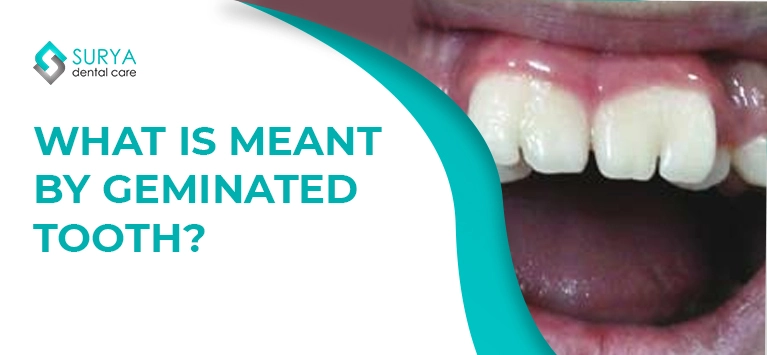




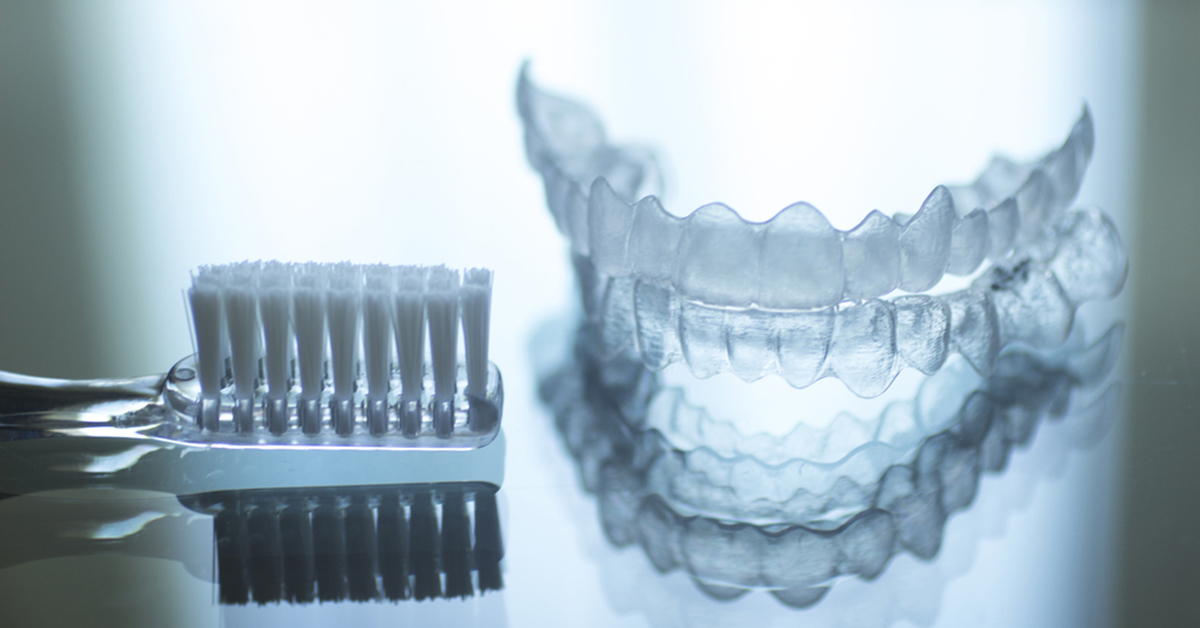

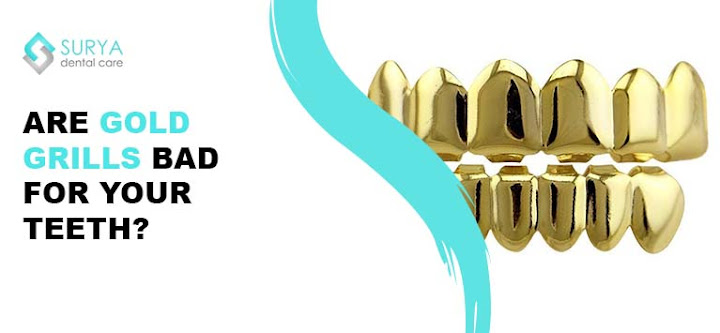


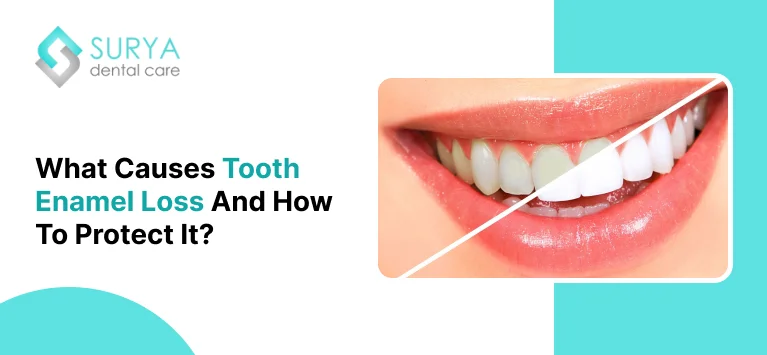

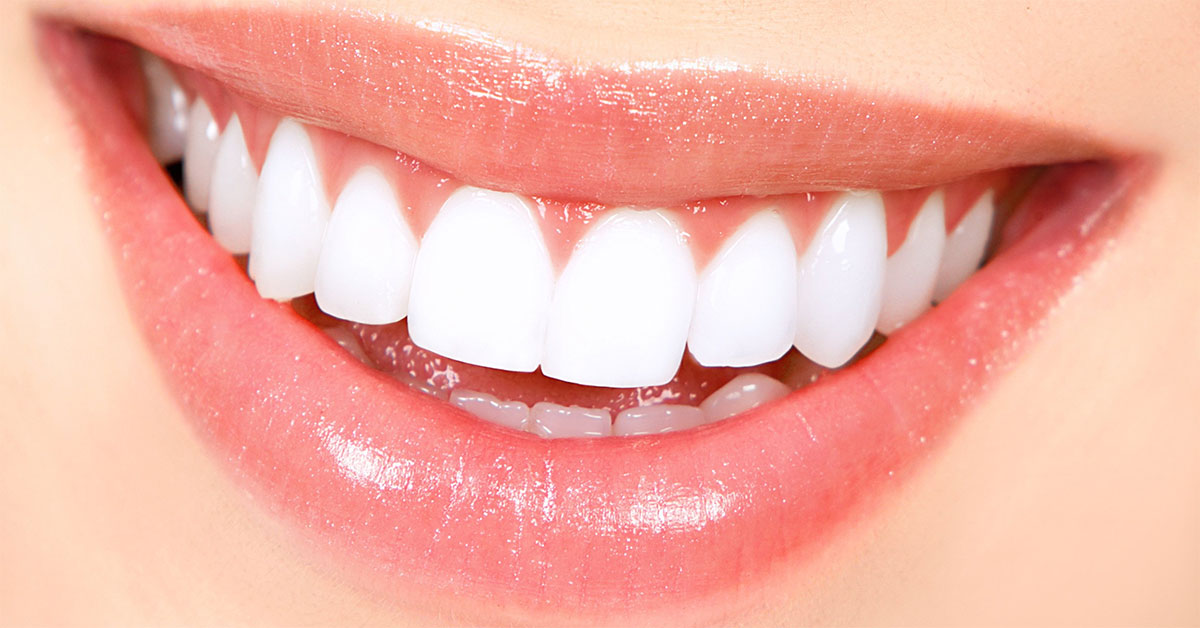
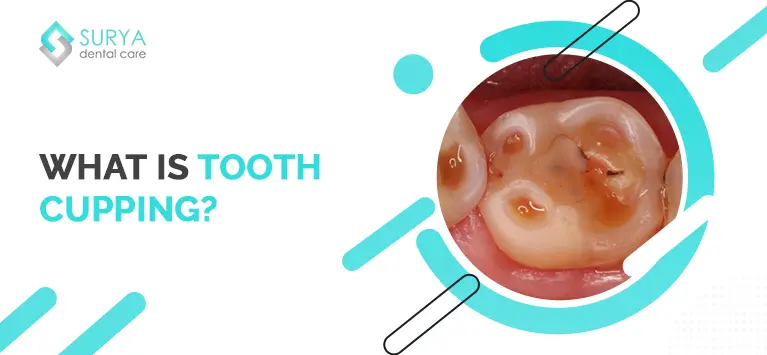
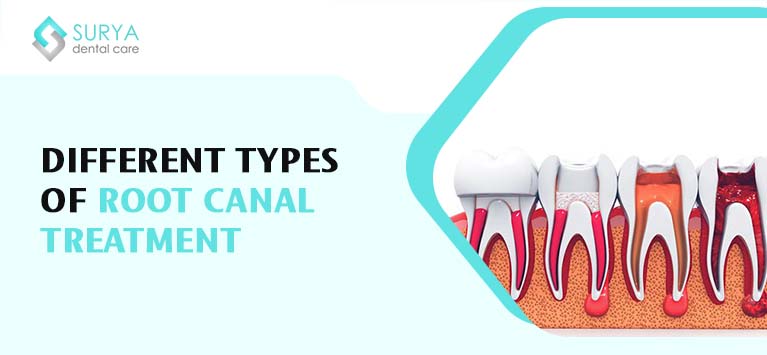

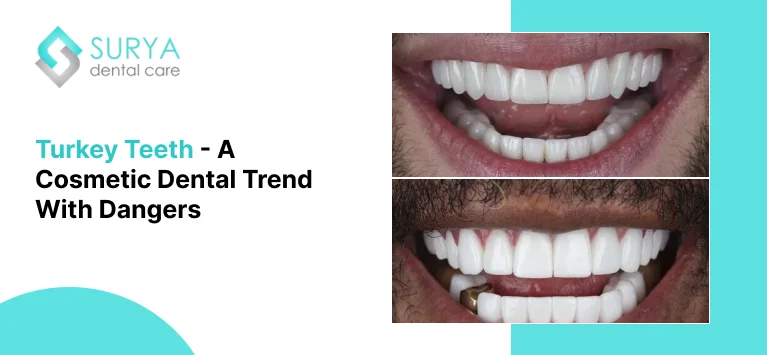




Leave a Comment